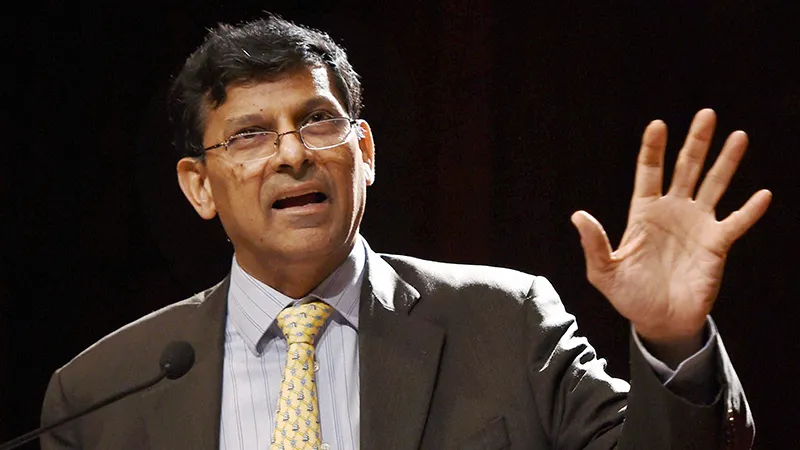Unlike other emerging economies, strong investor sentiment and the meltdown in crude oil prices bolstered India’s growth in the last financial year. Though the projected growth rate for 2016 shows a slight decline of 0.1 per cent, the World Bank predicts that India will grow by a robust 7.8 per cent this year and by 7.9 per cent in the next two years. This means India is shaping up to outpace China in the next three years.
But with the global economy in 2016 off to one of its worst starts in decades and China’s economy weakening, this prediction of 7.8 per cent growth in 2016 might not be realised.
India’s
declining exports are a key indicator of the country’s waning economic vitality. The last financial year was one of the worst years for the global economy since the global financial crisis of 2008, with global trade growth collapsing to almost 0 per cent in 2015. As a result, India’s exports growth fell to –5 per cent with the cumulative value of exports down by 18.5 per cent for April–November 2015 compared to the previous year. These figures depict a scenario even worse than 2008–09.
The country’s corporate sector is reeling — India’s top 500 companies experienced
zero revenue growth in 2015. The profits of Sensex (India’s major stock index) companies rose by only 1 per cent during the April–June quarter,
compared with 24 per cent growth in the same period a year earlier. Profit growth in 2016,as forecasted by Morgan Stanley Investment Management, is likely to be negative for the financial year. According to these indicators, India’s prospects of achieving the predicted growth rate seem very grim indeed.
Rupee depreciation is another indicator that contradicts the GDP growth forecast. The rupee, which weakened by 5 per cent against the US dollar in 2015, is forecast to fall below 70 rupees to the dollar in 2016. Despite its strong fundamentals, the US rate hike, turmoil in Chinese markets and deflationary pressure in advanced economies will hurt the rupee.
It is possible that spill over effects from these global slowdowns will lead to slower growth, lower corporate earnings and more volatility in India’s currency market. Slowdown in the Chinese economy and yuan depreciation will continue to adversely affect Indian markets, as noted by
Reserve Bank of India governor Raghuram Rajan. This will cause further damage to the GDP growth rate in 2016.
India’s substandard banking system is also impeding growth. Credit growth, which was 25 per cent in 2007, has fallen dramatically to 9 per cent in 2015. This is mainly due to growing levels of bad loans as well as non-performing and stressed assets held by public sector banks.
In late June last year, bad loans and stressed assets together accounted for more than 14 per cent of all assets, compared with just 4.8 per cent for the more disciplined and profit-motivated private sector banks. This is concerning as India’s private banks account for
only a quarter of all lending. As debt continues to grow, core sectors such as infrastructure, mining, iron, steel and power will continue to face a credit crunch.
India is becoming one of the most protectionist countries in the world. According to the
Centre for Economic Policy Research, the United States, India and Russia have imposed the most ‘trade distorting’ measures since 2008. India, like Russia, has hit nine of the other top 20 global economies with protectionist measures more than 150 times since November 2008. India imposed 504 protectionist measures between 2008 and 2015. This surge in protectionist measures saps trade, hampering India’s economic growth. It must be rectified urgently.
The
success of India’s economy in the years ahead depends on a few key factors. Trade liberalisation and banking system reforms are urgently needed. The government needs to make proactive and sustained efforts to aid export sector growth, integrate India into global value chains and improve ease of doing business in the country. On the political front, parliamentary polarisation must be overcome if India is to implement important policies like the
goods and services tax (GST) and land acquisition reform.
India’s economy will not live up to expectations in 2016 unless the necessary steps are taken soon.
This article originally appeared in East Asia Forum
The views expressed above belong to the author(s). ORF research and analyses now available on Telegram! Click here to access our curated content — blogs, longforms and interviews.




 PREV
PREV

